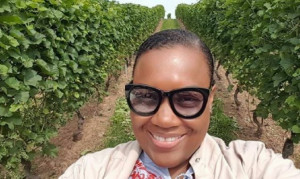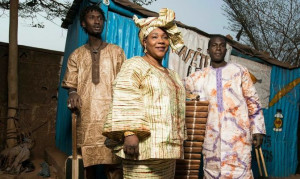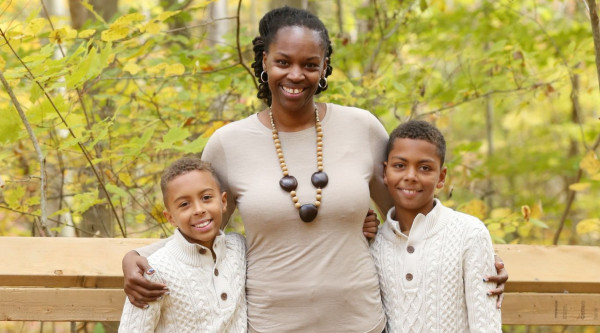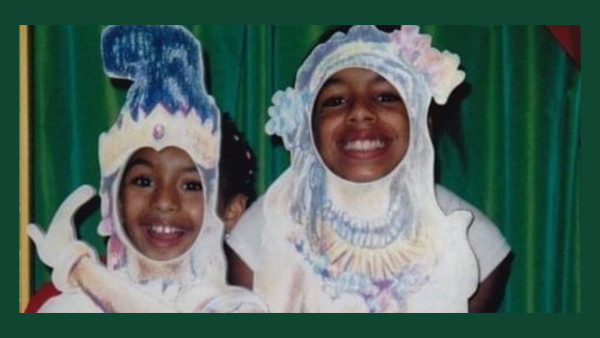The Nigerian-born protagonist takes her white boyfriend to a book store to try to help him understand the problem of underrepresentation. She sits him down, hands him a stack of popular magazines and asks him to count the number of black women. Page after page, he struggles to find any brown skin, kinky-coily hair, or stories about the experiences of black women.
It’s a scene that resonated with me because I’d been there, like so many black women, unable to find myself in the pages of magazines that represented “popular” culture. It’s a disheartening experience as an adult woman. But even girls as young as 8 and 9 have to cope with being left out of the very content they enjoy so much.
Ph.D. student, Annette Bazira-Okafor noticed this was the case for her daughter and her friends. The magazines they loved were devoid of girls who looked like them. Bazira-Okafor gathered her daughter and her friends together and told them to write and draw the things that mattered to them. The resulting stories and artwork have grown into Black Girls Magazine, a bi-annual print publication.
Since 2016, Bazira-Okafor has self-published the magazine in June and December, entirely on her own dime. The pages are exclusively filled with stories and artwork created by black girls, ages 9-13. The girls share their experiences, interests, and aspirations, covering everything from travel and politics to their dream careers and the black public figures who have inspired them.
Bazira-Okafor’s decision to create a magazine not only allows for much-needed representation but gives young black girls the opportunity to decide for themselves how they want to be seen. In line with other powerful movements like Black Girl Magic and Black Girls Rock, Black Girls Magazine shines a spotlight on the brilliance and beauty of black girls. The magazine has garnered considerable positive attention, including that of Canada’s Minister of Children and Youth Services, Michael Couteau, who recognized Black Girls Magazine on International Women’s Day.
Black Girls Magazine can be found on the shelves of public libraries in Vaughan, Toronto, and Richmond Hill and issues can be ordered from the Black Girl Magazine website. With hopes of doubling the magazine’s publication schedule to four times a year, Bazira-Okafor welcomes content submissions and financial contributions.
While the magazine’s stories and artwork are not published online, check out the gallery below for a sample of the content published in Black Girls Magazine.
{gallery}Black Girls Magazine{/gallery}
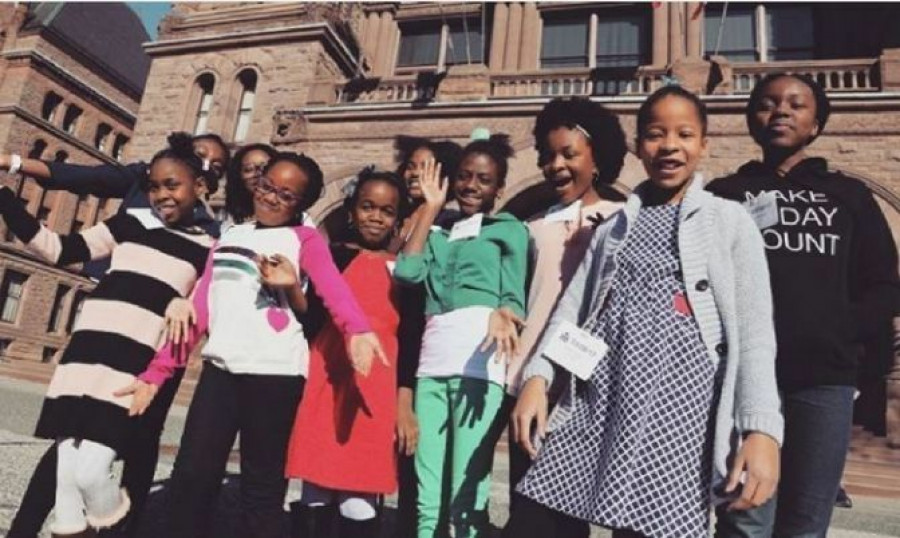
 By
By 




